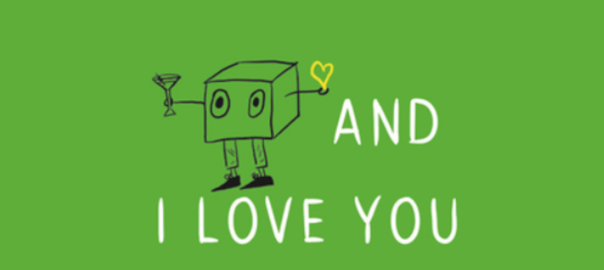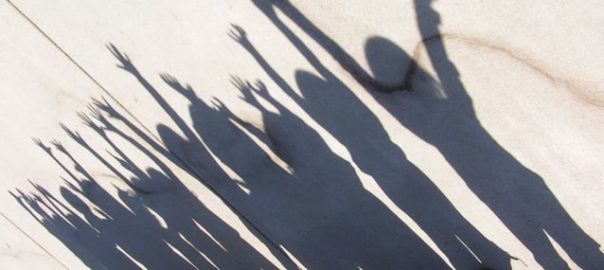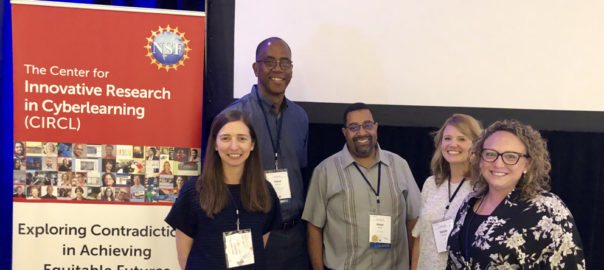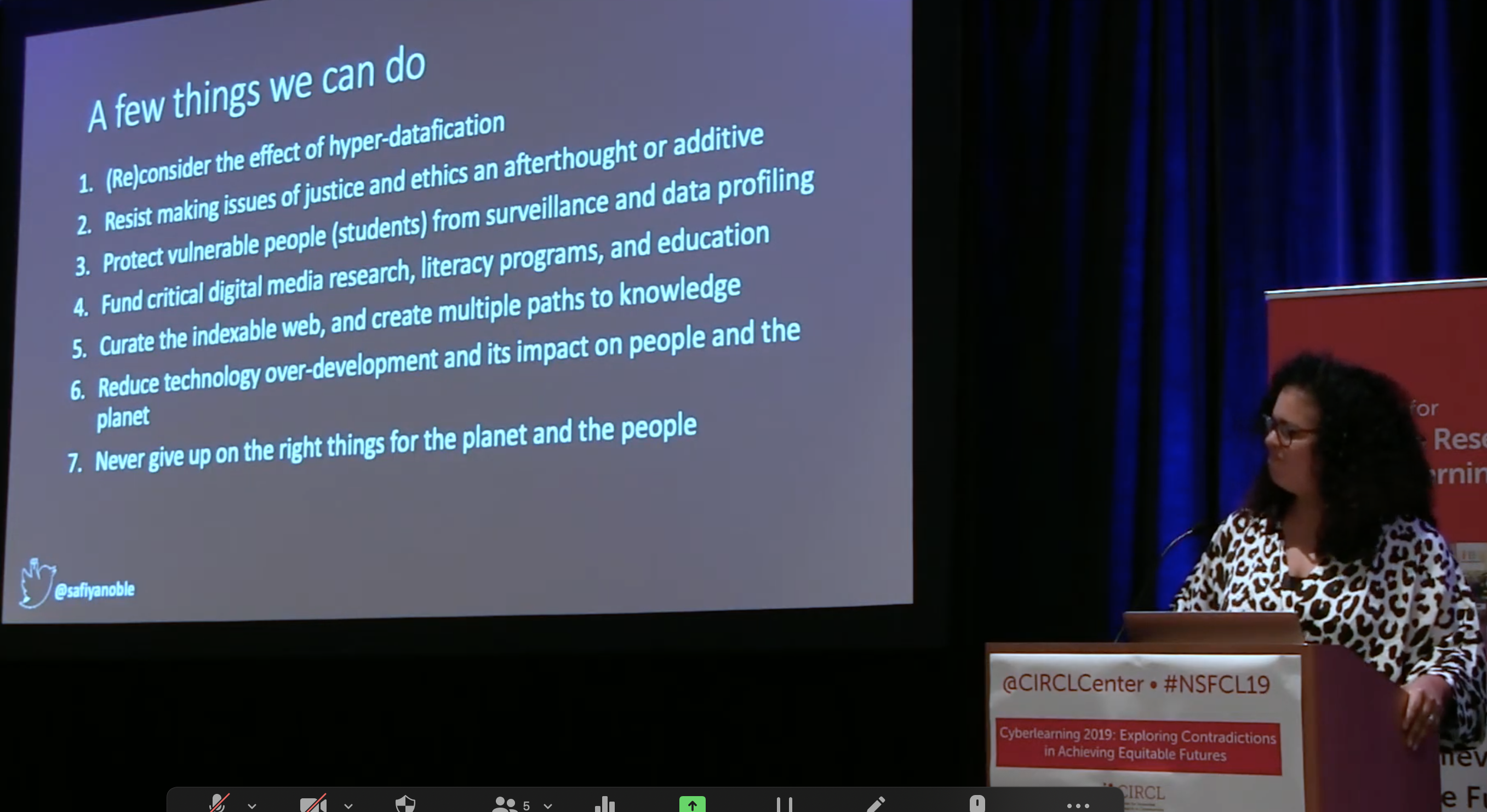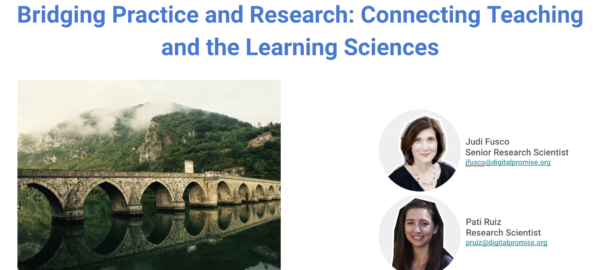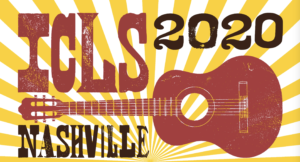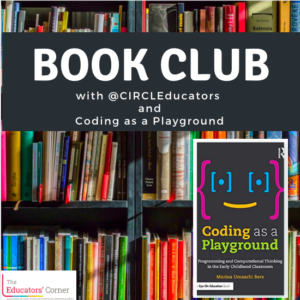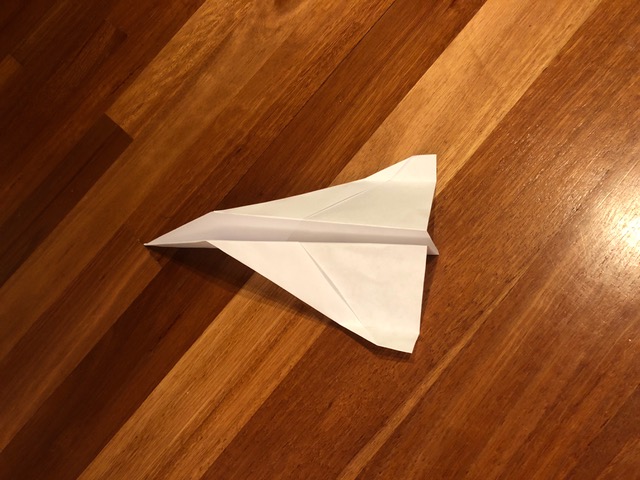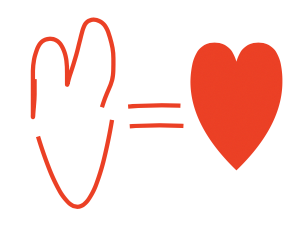By Judi Fusco
During CIRCL Educators’ Summer of Artificial Intelligence (AI), I read the book You Look Like a Thing and I Love You: How AI Works and Why It’s Making the World a Weirder Place1, by Dr. Janelle Shane. I got the recommendation for it from fellow CIRCL Educator, Angie Kalthoff.
I found the book helpful even though it is not about AI in education. I read and enjoyed the e-book and the audio version. As I started writing this review, I was driving somewhere with one of my teenagers and I asked if we could listen to the book. She rolled her eyes but was soon laughing out loud as we listened. I think that’s a great testament to how accessible the book is.
Teaching an AI
Many of us use AI products like Siri or Alexa, on a regular basis. But how did they get “smart?” In the book, Dr. Shane writes about the process of training machine learning2, systems to be “intelligent”. She tells us how they certainly don’t start smart. Reading about the foibles, flailings, and failings that she has witnessed in her work helped me understand why it is so important to get the training part right and helped me understand some of what needs to be considered as new products are developed.
Dr. Shane starts out comparing machine learning and rule-based AI systems, which are two very different types of AI systems. Briefly, a rule-based system uses rules written by human programmers as it works with data to make decisions. By contrast, a machine learning algorithm3 is not given rules. Instead, humans pick an algorithm, give a goal (maybe to make a prediction or decision), give example data that helps the algorithm learn4, and then the algorithm has to figure out how to achieve that goal. Depending on the algorithm, they will discover their own rules (for some this means adjusting weights on connections between what is input and what they output). From the example data given to the algorithm, it “learns” or rather the algorithm improves what it produces through its experience with that data. It’s important to note that the algorithm is doing the work to improve and not a human programmer. In the book, Dr. Shane explains that after she sets up the algorithm with a goal and gives it training data she goes to get coffee and lets it work.
Strengths and Weaknesses
There are strengths and weaknesses in the machine learning approach. A strength is that as the algorithm tries to reach its goal, it can detect relationships and features of details that the programmer may not have thought would be important, or that the programmer may not even have been aware of. This can either be good or bad.
One way it can be good or positive is that sometimes an AI tries a novel solution because it isn’t bogged down with knowledge constraints of rules in the world. However, not knowing about constraints in the world can simultaneously be bad and lead to impossible ideas. For example, in the book, Dr. Shane discusses how in simulated worlds, an AI will try things that won’t work in our world because it doesn’t understand the laws of physics. To help the AI, a human programmer needs to specify what is impossible or not. Also, an AI will take shortcuts that may lead to the goal, but may not be fair. One time, an AI created a solution that took advantage of a situation. While it was playing a game, an AI system discovered there wasn’t enough RAM in the computer of its opponent for a specific move. The AI would make that move and cause the other computer to run out of RAM and then crash. The AI would then win every time. Dr. Shane discusses many other instances where an AI exploits a weakness to look like it’s smart.
In addition, one other problem we have learned from machine learning work, is that it highlights and exacerbates problems that it learns from training data. For example, much training data comes from the internet. Much of the data on the internet is full of bias. When biased data are used to train an AI, the biases and problems in the data become what guide the AI toward its goal. Because of this, our biases, found on the internet, become perpetuated in the decisions the machine learning algorithms make. (Read about some of the unfair and biased decisions that have occurred when AI was used to make decisions about defendants in the justice system.)
Bias
People often think that machines are “fair and unbiased” but this can be a dangerous perspective. Machines are only as unbiased as the human who creates them and the data that trains them. (Note: we all have biases! Also, our data reflect the biases in the world.)
In the book, Dr. Shane says, machine learning occurs in the AI algorithms by “copying humans” — the algorithms don’t find the “best solution” or an unbiased one, they are seeking a way to do “what the humans would have done” (p 24) in the past because of the data they use for training. What do you think would happen if an AI were screening job candidates based on how companies typically hired in the past? (Spoiler alert: hiring practices do not become less discriminatory and the algorithms perpetuate and extend biased hiring.)
A related problem comes about because machine learning AIs make their own rules. These rules are not explicitly stated in some machine learning algorithms so we (humans aka the creators and the users) don’t always know what an AI is doing. There are calls for machine learning to write out the rules it creates so that humans can understand them, but this is a very hard problem and it won’t be easy to fix. (In addition, some algorithms are proprietary and companies won’t let us know what is happening.)
Integrating AIs into our lives
It feels necessary to know how a machine is making decisions when it is tasked with making decisions about people’s lives (e.g., prison release, hiring, and job performance). We should not blindly trust how AIs make decisions. AIs have no idea of the consequences of its decisions. We can still use them to help us with our work, but we should be very cautious about the types of problems we automate. We also need to ensure that the AI makes it clear what they are doing so that humans can review the automation, how humans can override decisions, and the consequences of an incorrect decision by an AI. Dr. Shane reminds us that an “AI can’t be bribed but it also can’t raise moral objections to anything it’s asked to do” (p. 4).
In addition, we need to ensure the data we use for training are as representative as possible to avoid bias, make sure that the system can’t take shortcuts to meet its goal, and we need to make sure the systems work with a lot of different types of populations (e.g., gender, racial, people with learning differences). AIso, an AI is not as smart as a human, in fact, Dr. Shane shares that most AI systems using machine learning (in 2019) have the approximate brainpower of a worm. Machine learning can help us automate tasks, but we still have a lot of work to do to ensure that AIs don’t harm or damage people.
What are your thoughts or questions on machine learning or other types of AI in education? Tweet to @CIRCLEducators and be part of the conversation.
Thank you to James Lester for reviewing this post. We appreciate your work in AI and your work to bring educators and researchers together on this topic.
See a recent TED Talk by author Janelle Shane.
Notes:
- Read the book to find out what the title means!
- Machine learning is one of several AI approaches.
- Machine Learning is a general term that also includes neural networks and the more specialized neural network class of Deep Learning. Note also, a famous class of ML algorithms that use rules are decision-tree algorithms.
- Some algorithms “learn” with labeled examples and some without, but that’s a discussion beyond the scope of this post.

